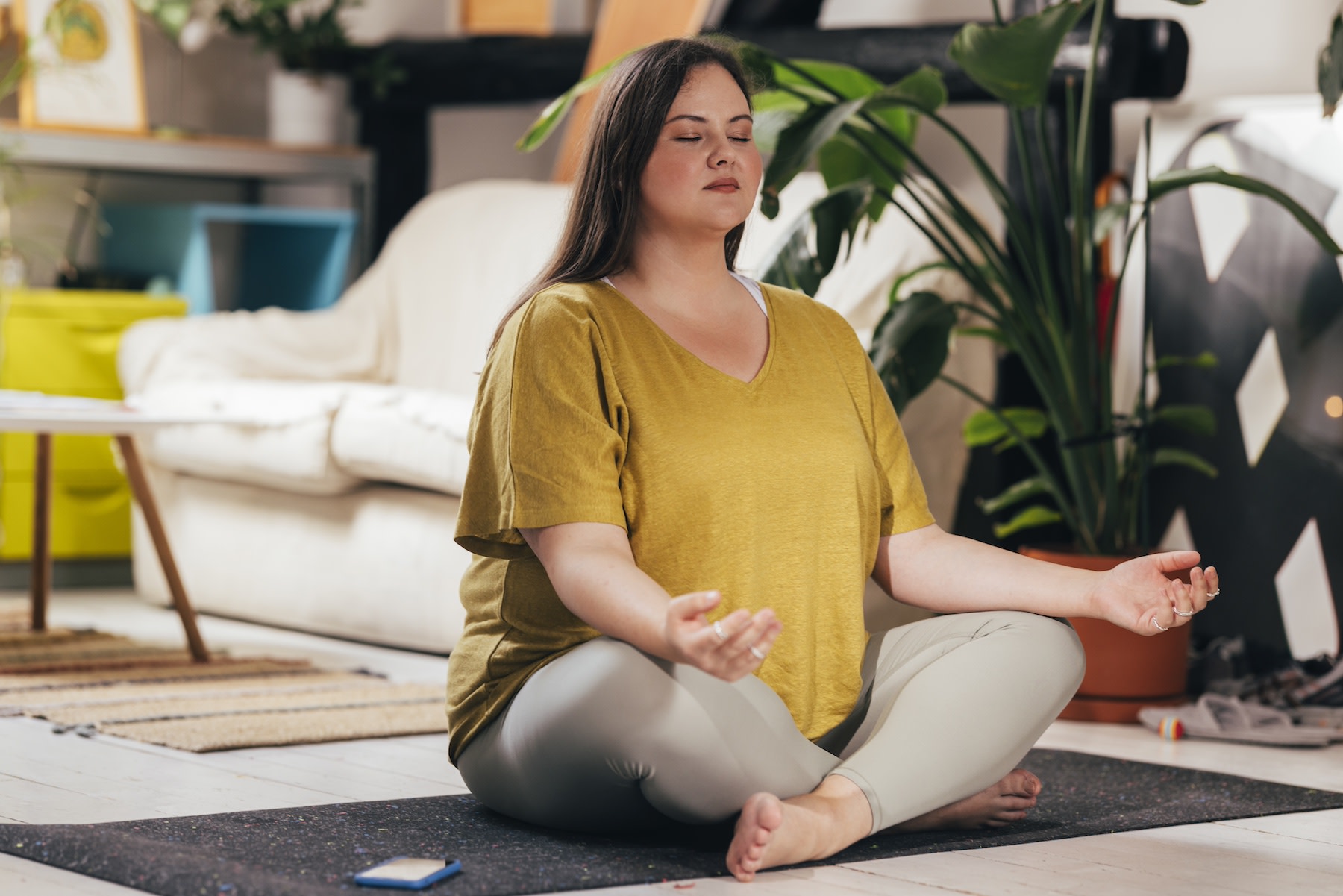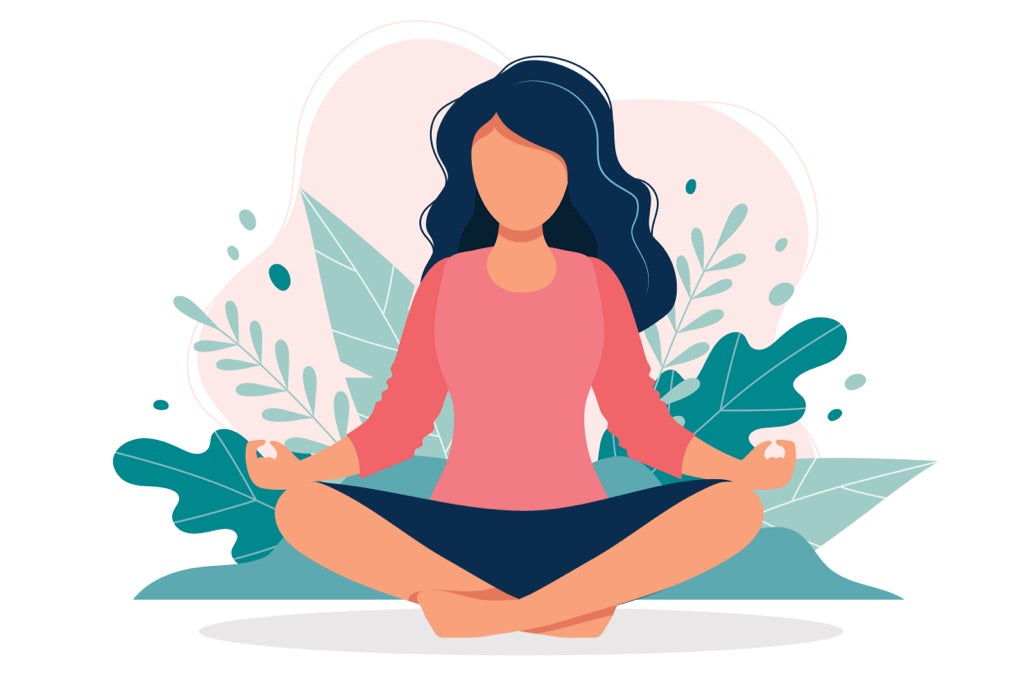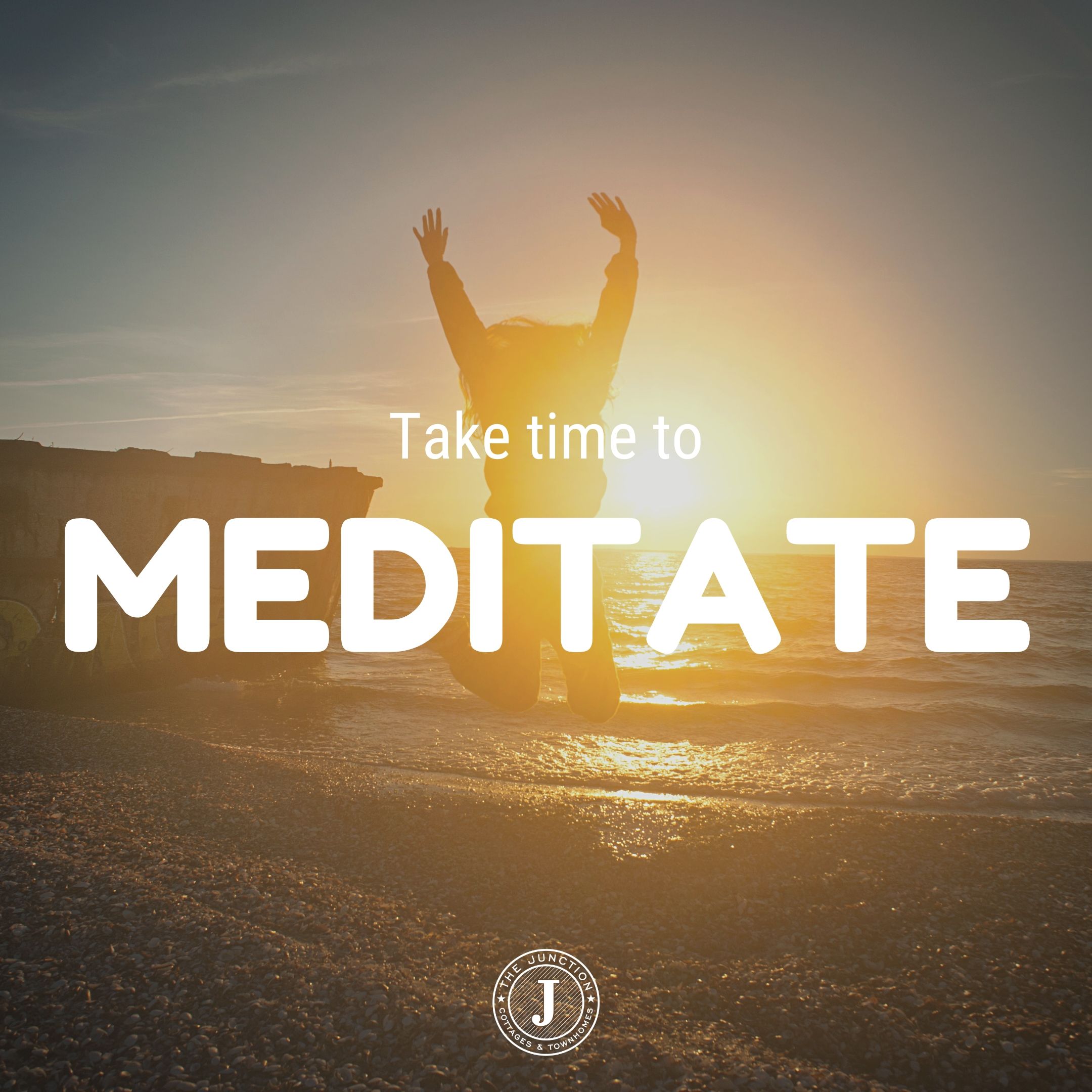How to Meditate? Tips for Creating Your Ideal Meditation Room
Wiki Article
Exactly How to Meditate: A Step-by-Step Technique to Getting Mindfulness and Calm
Reflection offers as an effective tool for achieving mindfulness and emotional calmness in a hectic globe. By recognizing the basic concepts and techniques involved in meditation, people can grow a technique that boosts their total health.Recognizing Meditation
Recognizing reflection entails grasping its fundamental concepts and strategies, which work as the structure for the method. At its core, meditation is a mental workout focused on advertising relaxation, building inner power, and establishing compassion and understanding. The technique urges people to focus their attention, typically through techniques such as deep breathing, visualization, or concept rep.Reflection can be classified right into different styles, consisting of mindfulness, transcendental, and loving-kindness reflection, each with distinct purposes and techniques. Mindfulness meditation highlights present-moment understanding and non-judgmental observation of ideas and feelings, while copyright entails using specific concepts to transcend regular mind. Loving-kindness meditation concentrates on developing a perspective of love and empathy towards oneself and others.
No matter the technique used, the main objective stays consistent: to grow a deeper understanding of the mind and its patterns. This self-awareness promotes emotional durability, clarity of idea, and a profound feeling of calm (How to meditate?). By comprehending these principles and methods, people lay the groundwork for an effective meditation technique that can considerably boost their overall health
Preparing for Your Technique
Before beginning your reflection practice, it is important to produce a setting for concentrate and relaxation. Select a peaceful room where you are unlikely to be disrupted. This can be a corner of a space, a yard, or any location that stimulates a feeling of peace. Guarantee that the location is complimentary and tidy of mess, as a tidy atmosphere can assist get rid of the mind.Think about the lights, as all-natural light can boost your state of mind and power. Soft, warm lighting is frequently a lot more relaxing than rough fluorescent lights. In addition, choose a comfy temperature level, ensuring that you are neither too hot neither as well chilly.
Integrating aspects that promote harmony can even more boost your experience. This could consist of soft paddings or coverings for convenience, in addition to soothing scents from vital oils or incense. It can also be advantageous to have a timer established for your reflection session to prevent distractions from clock-watching.
Standard Meditation Methods

An additional effective method is body check meditation. This includes emotionally scanning your body from head to toe, discovering any areas of stress or pain and consciously kicking back those muscular tissues. This practice promotes a much deeper link between your mind and body.

Finally, loving-kindness meditation concentrates on try this site growing empathy in the direction of on your own and others. Quietly repeat phrases of a good reputation, improving emotional wellness and interconnectedness. Each of these methods works as a structure for your meditation trip, enabling you to find the approach that resonates ideal with your individual practice.
Keeping Focus and Mindfulness

Establishing a devoted meditation area can improve the capacity to maintain mindfulness. A quiet, uncluttered environment minimizes distractions, allowing for deeper immersion in the practice. In addition, establishing a time restriction can aid take care of assumptions; starting with shorter sessions may ease the change right into longer methods.
Using techniques check my source such as body scanning or observing sensations can also bolster mindfulness. These methods encourage practitioners to remain existing and involved with their physicality, securing their interest in the moment. Regular technique is crucial; the mind develops strength with time, producing a stronger ability for emphasis.
Incorporating Meditation Into Daily Life
Including reflection into day-to-day life can change routine tasks into possibilities for mindfulness and self-reflection. By incorporating mindfulness practices right into typical tasks, people can cultivate a better sense of presence and harmony amidst the numerous hours of everyday life.Begin by recognizing minutes throughout your day where you can stop and exercise mindfulness. During your early morning commute, focus on your breath or the feelings of the environment around you. In the kitchen area, approach food preparation as a reflective official statement technique, enjoying the appearances, colors, and fragrances of the ingredients. Also ordinary activities like cleaning dishes or walking can come to be opportunities for reflection by directing your interest to the experiences of movement and the noises bordering you.
Furthermore, reserving devoted times for meditation can strengthen its method. Begin with brief sessions, progressively increasing duration as you become much more comfy. Usage suggestions or signs-- like a specific time of day or a calming noise-- to establish consistency.
Eventually, the goal is to weave mindfulness into the fabric of life, allowing you to approach each minute with purpose, therefore boosting your general sense of wellness and clarity.
Conclusion
In conclusion, reliable reflection needs a peaceful environment, a comfy placement, and a concentrate on the breath. By enabling thoughts to emerge without judgment and continually rerouting attention to the breath, practitioners can achieve boosted mindfulness and serenity. Incorporating different techniques, such as body scanning and loving-kindness expressions, can additionally enrich the technique. Routine meditation, also in short sessions, fosters a much deeper connection to the here and now minute, eventually leading to higher calm and psychological clearness in life.Meditation can be classified into numerous styles, consisting of mindfulness, transcendental, and loving-kindness meditation, each with unique purposes and methods. Mindfulness meditation highlights present-moment recognition and non-judgmental observation of ideas and feelings, while transcendental reflection includes the usage of specific rules to go beyond common idea processes.With your meditation area prepared, it's time to discover various fundamental reflection techniques that can assist grow mindfulness and internal peace.Constantly keeping emphasis and mindfulness during meditation can be difficult, specifically for those new to the method.Developing a dedicated meditation area can improve the capacity to keep mindfulness.
Report this wiki page